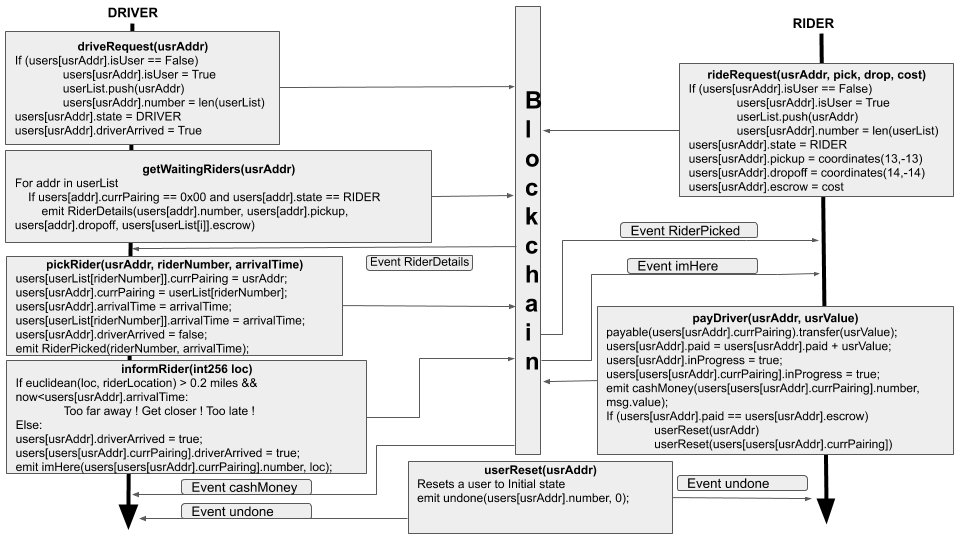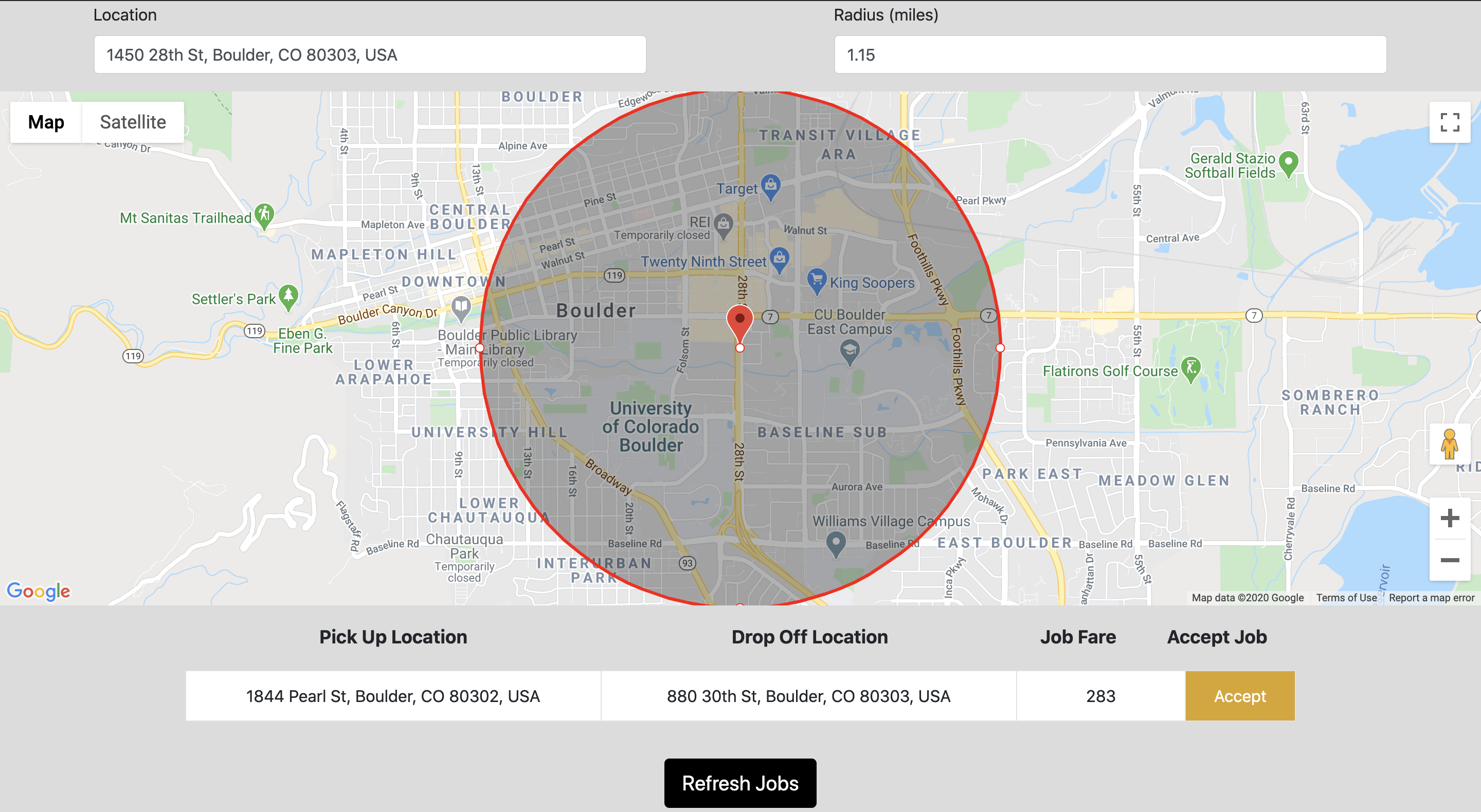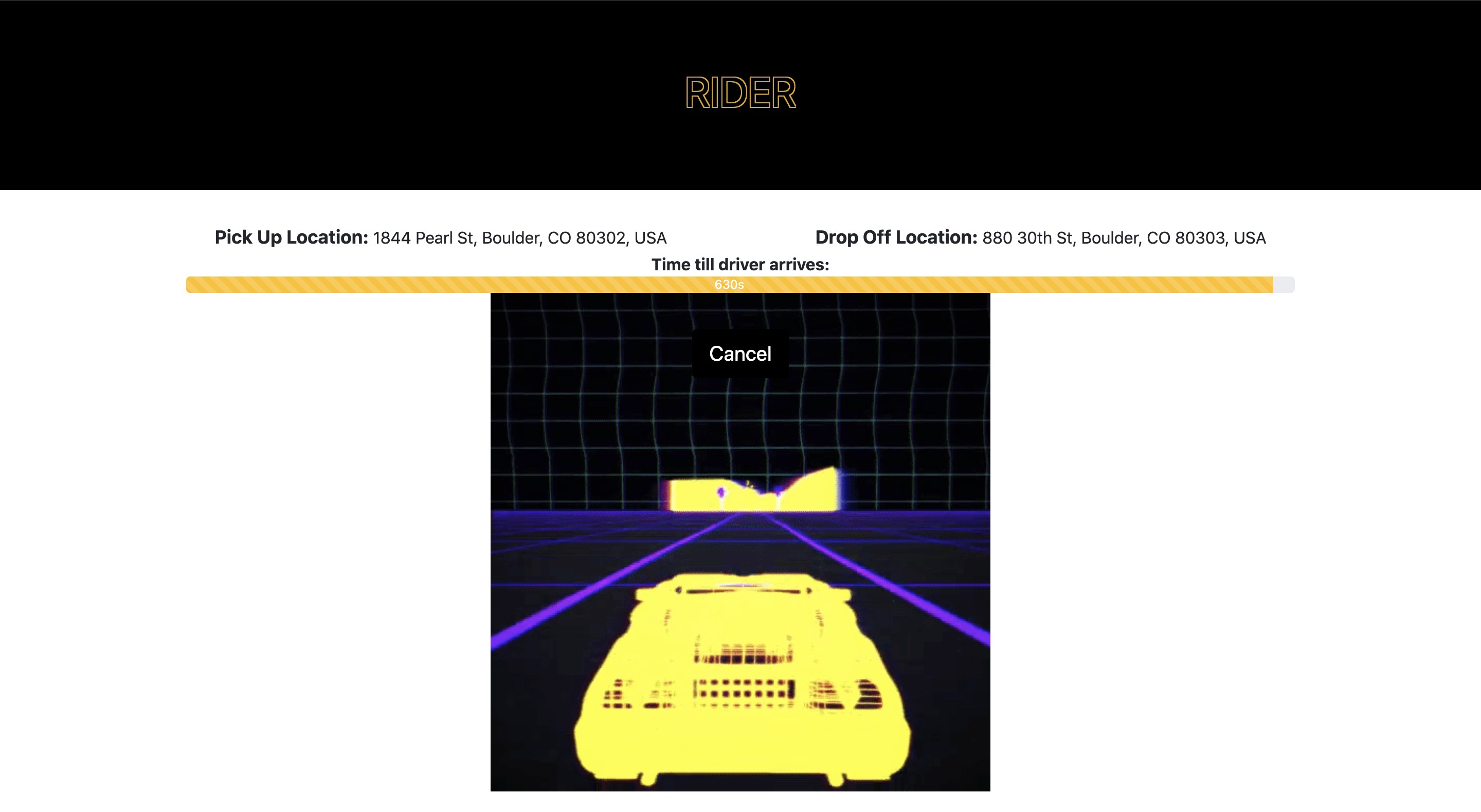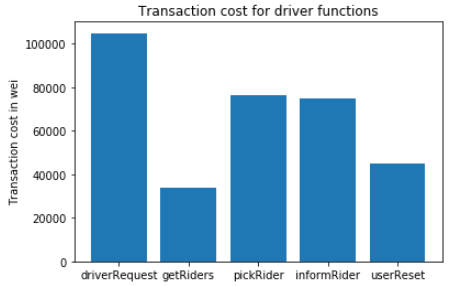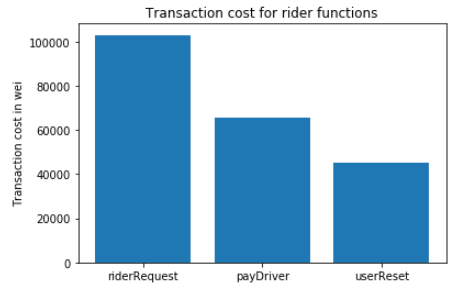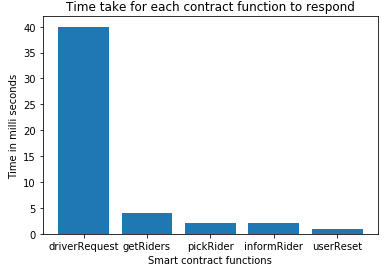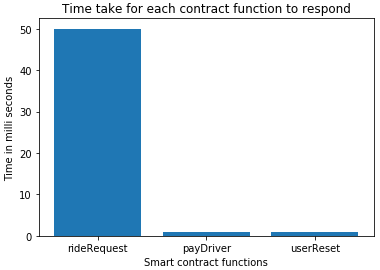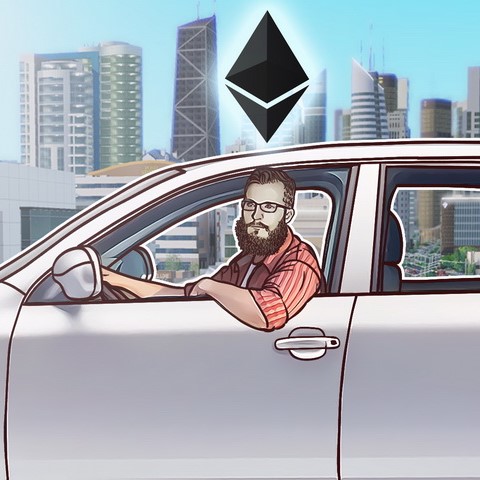
DeRis: Decentralized Ride Sharing
This project was done for the Distributed Systems at University of Colorado Boulder. Popular ride sharing systems use a centralized structure where a single entity orchestrates interactions between riders and drivers. This leads to a single point of failure. As a consequence, this centralized structure raises concerns about data privacy and is vulnerable to attack from malicious users. Furthermore, as the central entity takes a certain cut of the profit from drivers who bear the brunt of the costs of gas and vehicle wear and tear. The propose solution to this problem is DeRiS, (De)centralized (Ri)de (S)haring. DeRiS is a decentralized ride sharing solution based on the Ethereum Blockchain.
- Time period: March 2020 - May 2020
- Project Type: Class project (CSCI 5673)
- Documentation: DeRis: Decentralized Ride Sharing
- Github: DeRis
